20 Greatest Horror Directors
Bringing your nightmares to life…
Brian De Palma 1940 -
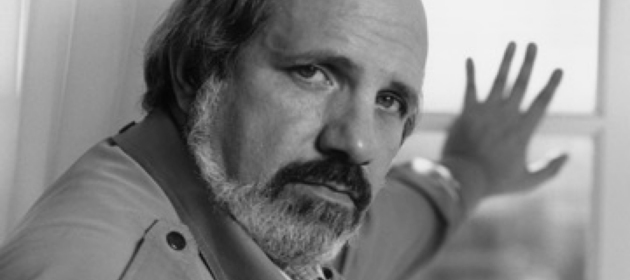
“My view of the world is ironic, bitter, acid…” Son of a surgeon, De Palma is often accused of favouring technique over characters. His movies spark violence-against-women debates.
And he’s accused of superficiality because he reworks Hitchcock with added irony and gore.
But few sculpt suspense like De Palma, and Carrie – its feverish style balanced by Sissy Spacek’s tender, heart-rending performance – guarantees him a place on any list.
Must See: Carrie (1976), Dressed To Kill (1980)
Kiyoshi Kurosawa 1955 -

No relation to Akira, this prolific Japanese master is horror’s best-kept secret.
Kurosawa’s slow-burn, warm-hearted pictures are distressing studies of identity and isolation, usually set in Tokyo and comprising dilapidated buildings and empty spaces littered with ghosts, loners and serial killers.
Must See: Séance (2000), The Cure (1997), Pulse (2001), Retribution (2006)
Bringing all the latest movie news, features, and reviews to your inbox
Tobe Hooper 1943 -
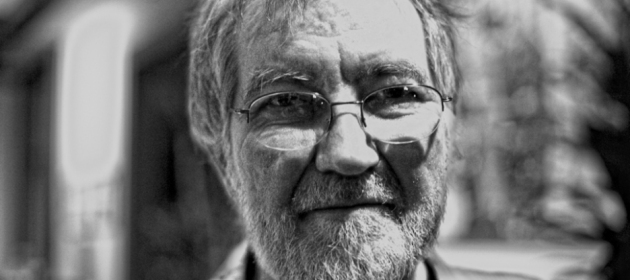
Since fantasising about chainsawing his way out of a packed mall, this Texan has spent his fascinating, if checkered, career exploring the primal urges of outsiders, from aliens ( Lifeforce ) to carnies ( The Funhouse ) to vampires (TV’s Salem’s Lot ).
He’s often been one himself – when Poltergeist posited an ordinary American nightmare, producer Steven Spielberg got the credit.
It matters not, because The Texas Chain Saw Massacre bestrides horror history like a colossus.
Must See: The Texas Chain Saw Massacre (1974), Poltergeist (1982)
Guillermo Del Toro 1964 -
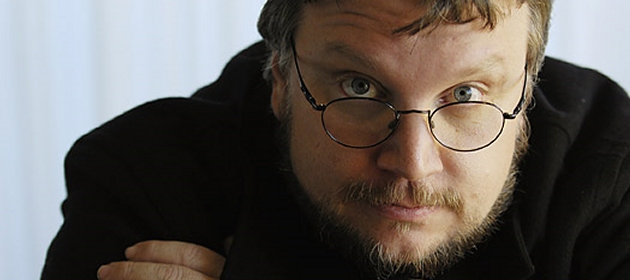
Clockwork, insects, creatures, Ron Perlman – some of the things that make Mexican maestro del Toro’s work so darkly distinctive.
He’s proved himself the master of twisted fantasy and fairytale, wrangled a menagerie of monsters, and become a mentor to the next generation of nightmare makers, producing and endorsing projects from newcomers – see The Orphanage , Julia’s Eyes and Don’t Be Afraid Of The Dark.
He’s a workhorse too, with a crammed slate of beautiful freaks in the making.
Must See: Cronos (1993), The Devil’s Backbone (2001), Pan’s Labyrinth (2006)
Roger Corman 1926 -
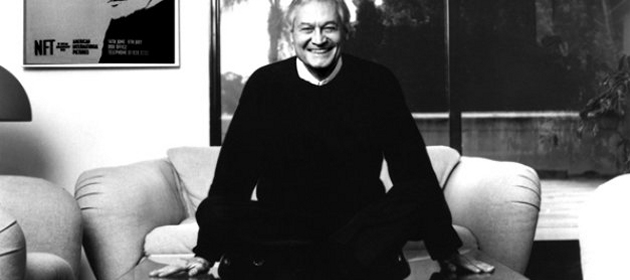
With 300+ producing credits, Roger Corman’s strategy was always pile ‘em high, make ‘em cheap.
The king of the Bs made his mark as a director on drive-in creature features like Attack Of The Crab Monsters in the '50s.
Later, he entered classic territory with his fever-dream Poe adaps; Corman’s vivid use of colour and Vincent Price’s deranged descents into madness elevate these quickies into genre art.
Must See: A Bucket Of Blood (1959), The Fall Of The House Of Usher (1960), The Masque Of The Red Death (1964), The Tomb Of Ligeia (1964)
Steven Spielberg 1946 -

Spielberg has run the horror gamut, from comedy ( Temple Of Doom ) to real-life ( Schindler’s List ) to unintentional ( The Terminal ).
He’s great with monsters big ( Jurassic Park ), small ( Gremlins ) and diesel-powered ( Duel ).
Like his hero Hitchcock, he’s a master of suspense, and he made a shark tale so definitive it’s never been safe to go back in the water. Especially if you’re Renny Harlin.
Must See: Duel (1971), Jaws (1975), Jurassic Park (1993)
Michael Haneke 1942-
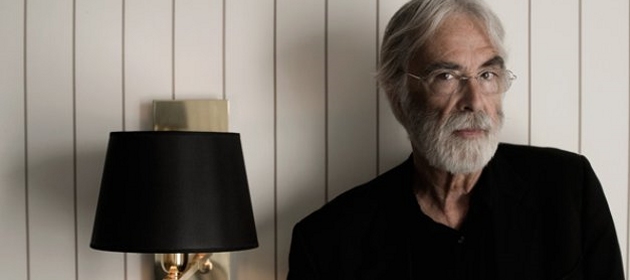
Euro cinema’s most vicious clinician makes chilly, self-lacerating art films that call for “insistent questions instead of false answers…”
Benny’s Video featured a TV-obsessed child committing a murder just because. Hidden showed a middle-class couple under surveillance.
Home-invasion horror Funny Games (twice) eviscerated the genre from within. And The White Ribbon is Village Of The Dammed with added cruelty and embryonic Nazism. “Why are you watching this?” Haneke asks. Because it’s impossible not to…
Must See: Funny Games (1997), Hidden (2005), The White Ribbon (2009)
Jacques Tourneur 1904-1977

Tourneur’s mastery of mood lent itself to RKO producer Val Lewton’s '40s run of fear flicks.
Hiding budgetary constraints in the shadows, his films are full of ambiguity – Cat People is littered with subtext, while I Walked With A Zombie spirits Jane Eyre to the realm of voodoo mystery.
Not even the monster imposed on Night Of The Demon could stop Tourneur from evoking ineffable evil.
Must See: Cat People (1942), I Walked With A Zombie (1943), The Leopard Man (1943), Night Of The Demon (1957)
Martin Scorsese 1942-
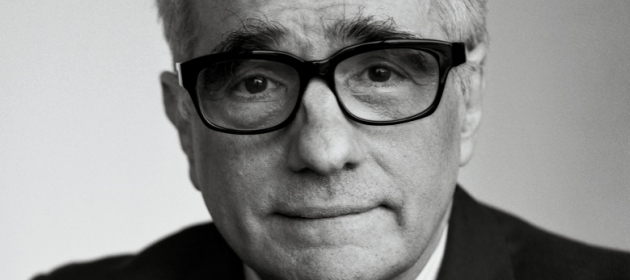
Consider: the unhinged Travis Bickle’s descent into hell; the family under siege dynamics of Cape Fear , and the snowballing menace of After Hours .
In Shutter Island , Scorsese goes further, his love of classic black-and-white chillers like Isle Of The Dead creating a creepy '40s RKO homage.
Must See: Taxi Driver (1976), The King Of Comedy (1982), After Hours (1985), Cape Fear (1991), Shutter Island (2010)
Roman Polanski 1933-

Paranoia runs rife in Polanski’s best movies, as claustrophobic homes are put under threat by hostile forces.
In his own life Polanski was touched by true evil – Auschwitz, the murder of his pregnant wife – but, on-screen, terror sometimes lurches into black humour: the last resort against a meaningless universe. The Fearless Vampire Killers features Jewish vampires impervious to crucifixes…
Must See: Repulsion (1965), The Tenant (1976), Rosemary’s Baby (1968)
The Total Film team are made up of the finest minds in all of film journalism. They are: Editor Jane Crowther, Deputy Editor Matt Maytum, Reviews Ed Matthew Leyland, News Editor Jordan Farley, and Online Editor Emily Murray. Expect exclusive news, reviews, features, and more from the team behind the smarter movie magazine.


